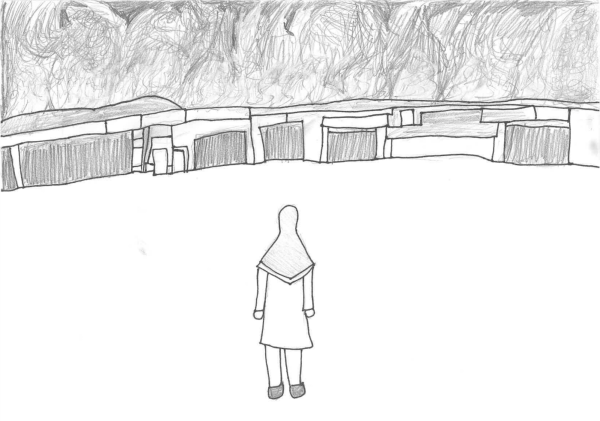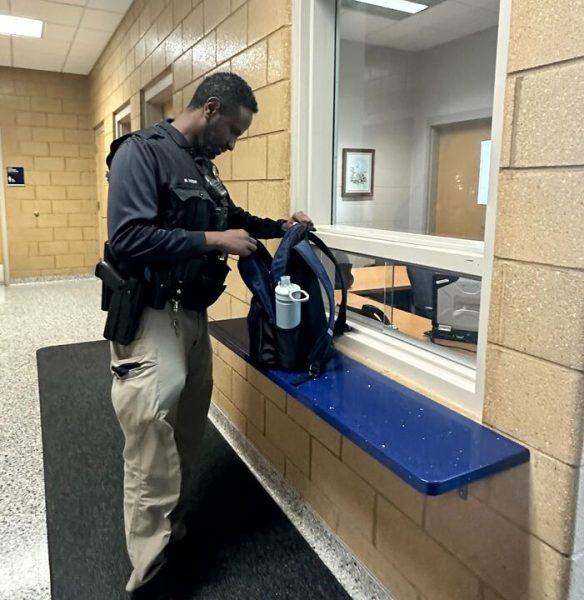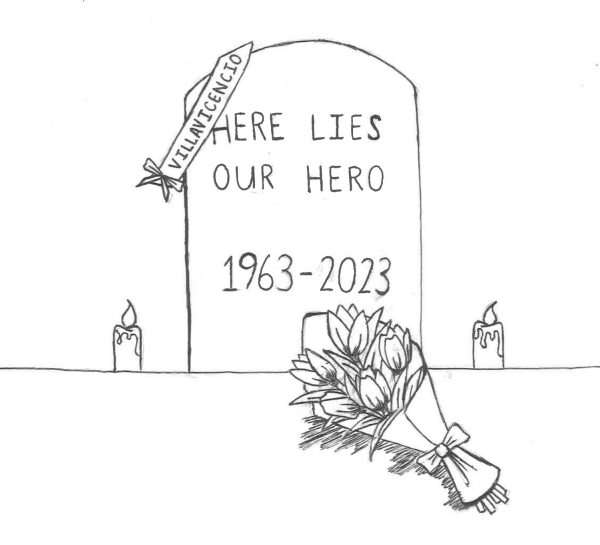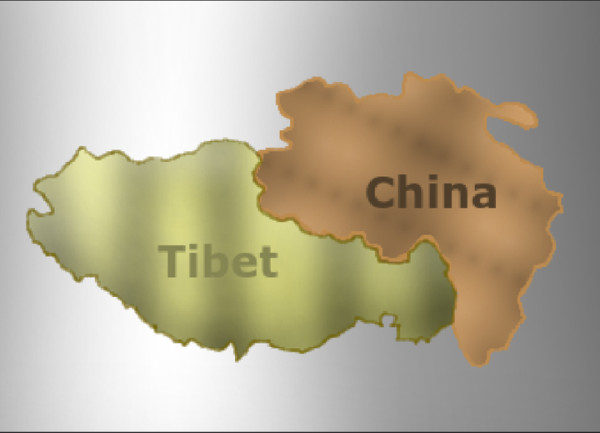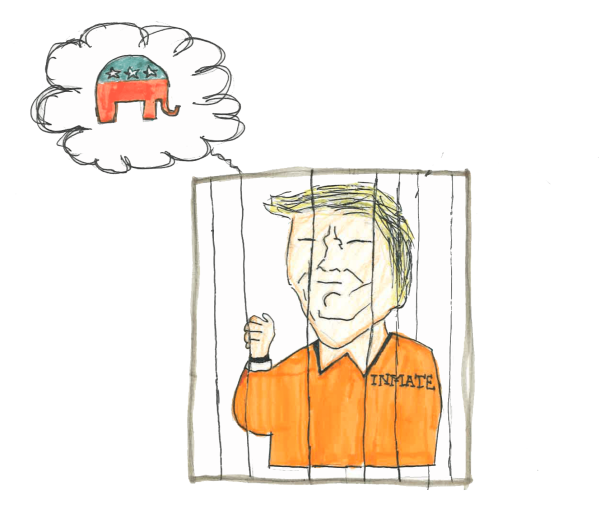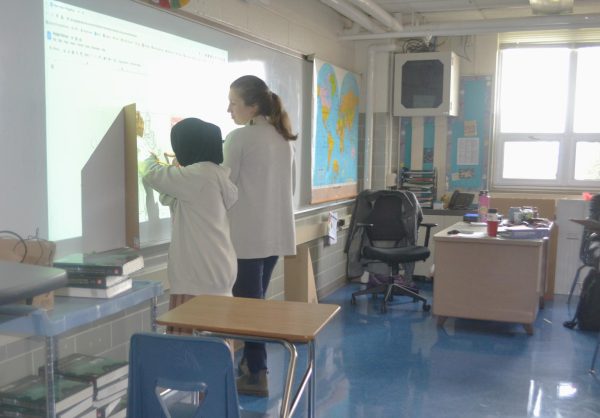Admired giraffes join others on endangered species list
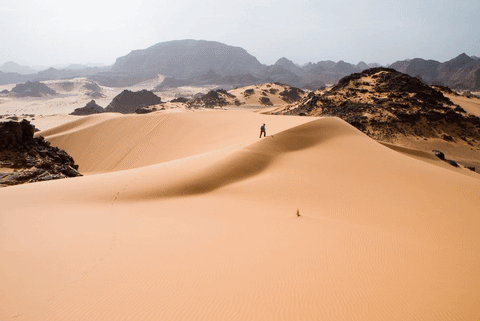
Giraffes are among the animals novel to the endangered species list this October.
We all grew up with classic animal movies such as “The Lion King”, “Madagascar”, and “Finding Nemo”. Unfortunately, the creatures we love may no longer exist in the near future because of rising endangerment due to human actions, many of which were tragically preventable.
The endangered species list is made up of animals and wildlife that are in danger of going extinct. For an animal to be considered for the endangered species list, it must lose 50%-70% of its population in a span of ten years. The list is created by The International Union for Conservation of Nature (or the IUCN), which is made up of 8,000 scientists in 162 different countries. There have been a plethora of adored animals that people all around the world love and are now on this list. One of these species is the giraffe, which was added to the list just this October.
Giraffes are one of the most unique animals on the planet, with their necks alone reaching up to six feet. Their tan and brown patterned fur also makes them distinguishable from other animals. Giraffes’ popularity and quirky looks would make their extinction devastating for the world. The reasoning for their decrease in population is destruction and loss of habitat as well as poaching. Recently, changes were put into the handling of endangered species by the Trump administration. One of these changes is federal agencies can now make an economic analysis to determine if the species needs to be protected. This puts the industries and the money over the safety of the endangered species. The United States Fish and Wildlife Service has the power to aid the giraffes and is a part of the federal government for which President Trump determines the allocation of funds.
“Giraffes are one of the few unique animals we have on our planet,” said Henry Mai (12). “It seems as if we have seen animals decline in population for years and little to nothing has actually been done [to prevent it].”
Things that people do in their everyday lives, like littering, using pesticides and refusing to recycle, negatively affect animals. Each of these actions is easily preventable and could significantly help save the lives of many species. Protecting these animals is important because they are often the building blocks of our ecosystems. Taking out even a couple pieces of an ecosystem can create a domino effect, leading to the endangerment or extinction of other plants and animals.
“Species are becoming endangered due to loss of habitat, mainly due to human activity,” said CHHS science teacher Ms. Kennedy. “For example, thousands of acres of the Amazon rainforest have been cleared of trees so that humans can harvest the lumber and use the land for farming and housing. Sadly, we’re in the middle of the Earth’s sixth mass extinction and all due to our own actions. To curb this problem, we need to slow the growth of the human population, stop burning fossil fuels, and protect the land and oceans.”
Unfortunately, there are animals that could not be saved in time or not enough effort was put into saving them leading to their extinction. One example is the blue bird from the movie “Rio”, the Spix’s Macaw. They were pronounced extinct in 2019 due to illegal pet trading. The Western Black Rhinoceros was also declared extinct in 2011 because of poaching. They were once widespread throughout sub-Saharan Africa, but now they cease to exist. Another animal that is loved by many is the tiger, and it is also well on its way to extinction. It is already too late in Laos, as they are already extinct there. Fortunately, the population of tigers is now increasing for the first time in decades and has now reached 3,900.
There are plenty of simple things the average person can do to protect these animals in our everyday lives. First, you could begin by recycling and not littering in order to protect animals from eating or choking on foreign objects. Also, you can avoid products such as palm oil, which destroys the habitat of orangutans, and plastic straws because they can be eaten by turtles, causing them to die. In addition, you can visit zoos virtually and research more online to educate yourself about the animals.
Lastly, there are organizations that are working towards saving these endangered animals such as the World Wildlife Fund, the Wildlife Conservation Fund, and the Defenders of Wildlife. Donations to these organizations are vital in helping the cause of saving the animals for this and future generations.

Fuad Hassan is in 12th grade and he is Sports Editor for the Heights Herald. He is on the track team and is a member of knowledge bowl. Fuad enjoys...

Sol Schindler is a senior at CHHS and is the A&E Editor and lead cartoonist of The Heights Herald. He is in the National Honors Society, Student Council,...


